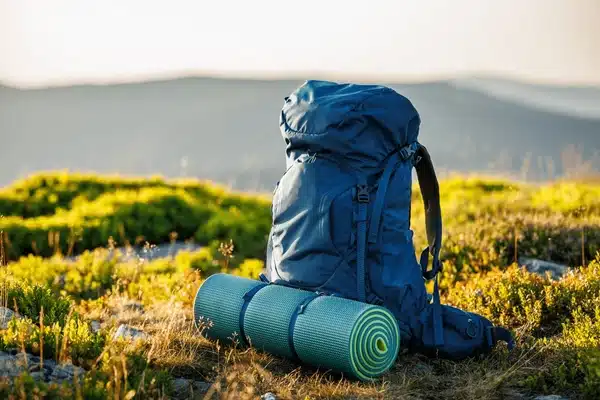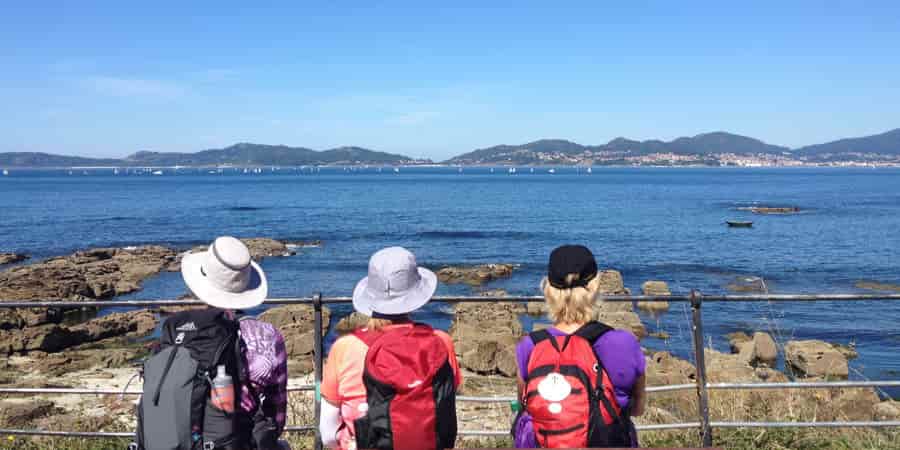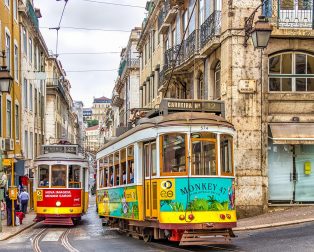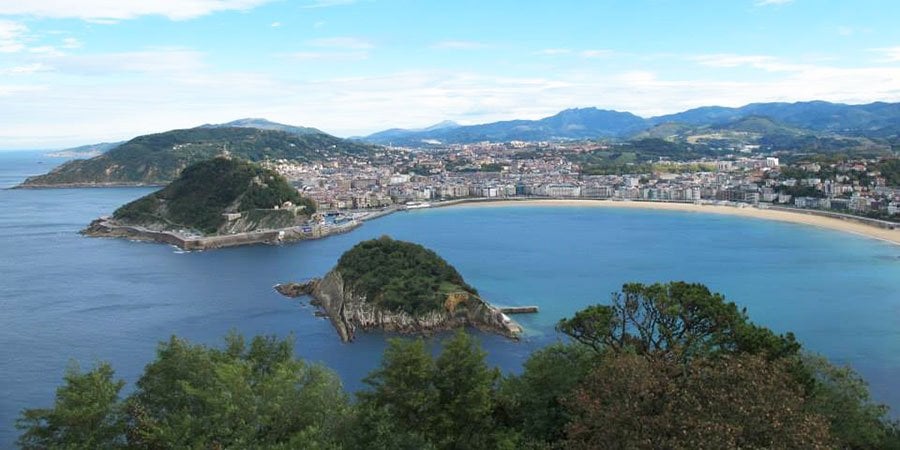Most Commonly Asked Camino Travel Questions
Our Camino Travel FAQ aims to answer your most frequently asked questions about the Camino de Santiago and travel arrangements. Whether you are planning your very first walk or returning for another adventure, you may have questions about routes, preparation, or practical details. This guide is designed to give you clear and simple answers, helping you feel more confident before your journey begins. It covers everything from what to pack to how luggage transfers work, ensuring you can focus on enjoying the experience.
Table of contents
Accommodation and Dining
What Accommodation Do We Offer, and Are They En Suite?
Yes, all accommodations we select offer en suite rooms. We carefully choose accommodations that meet excellent standards to ensure our clients’ comfort. Learn more about our Camino accommodations and hotels.
What Does A Typical Day of Food on the Camino Look Like?
Breakfast is always included in your room rate, though the variety depends on the hotel. Lunch is typically arranged independently. In smaller locations, our standard package include half-board accommodation with dinner at your hotel usually offering a ‘Pilgrim menu’ with a selection of starters, mains, and desserts. In larger stages, dinner is usually not provided, as many pilgrims prefer to explore local cuisine. You can find out more details in our blog, A Typical Day of Food on the Camino.
Why Are Dinners Not Included in All Locations?
Our standard tour includes dinner in smaller towns and villages with limited dining options. There are many great restaurants to explore in larger towns and cities, so we do not include dinner. If you prefer, you can still have dinner at your hotel; please book this when checking in. Find out more about Food on the Camino.
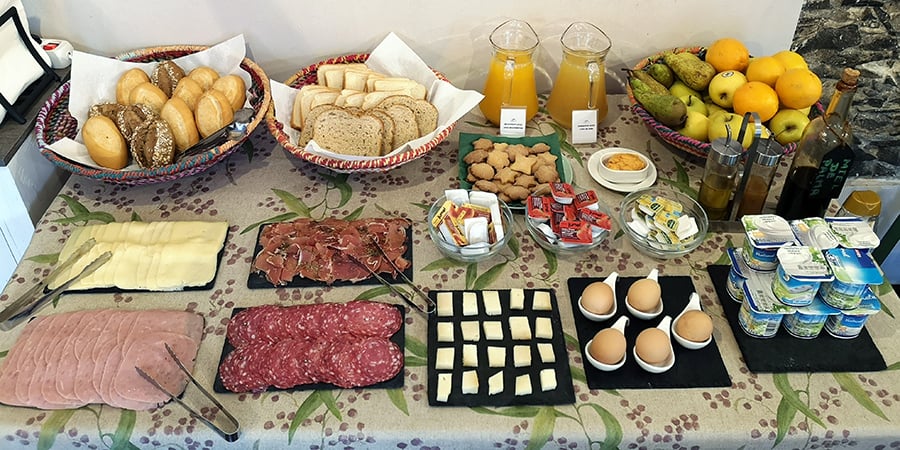
What if I Have Special Dietary Requirements
We want to reassure you that we take all dietary allergies seriously, and we take note of any requirements in your Client profile. We also inform the hotels along your route. When you check in at the hotels, it’s a good idea to remind them of your dietary needs to ensure they’re aware.
Please keep in mind that while most hotels can accommodate dietary requests, some in rural areas may have limited options. In such cases, meal choices might be restricted. If you have a strict diet, consider bringing some essential products, and the hotel can prepare them for you.
For more details on handling dietary requirements, check our blog FAQ: Special Dietary Requirements on The Camino and our Portal: Special Dietary Requirements.
Does the Camino Have Vegan Options?
It’s increasingly common to have a vegetarian or vegan diet. Although countries like Spain, Portugal, and Italy have traditionally offered fewer options for vegans, being vegan on the Camino de Santiago has become much easier.
However, it’s wise to be prepared for the possibility of limited vegan options along the Camino, especially in small businesses in rural areas where vegan diets may not be widespread. To find out more check out our blog Vegan on the Camino.

What Are the Different Types of Accommodation Along the Camino?
- Albergues / Hostels: Dormitory-style rooms with shared facilities.
- Guesthouses and Small Hotels: Private rooms with en-suite bathrooms.
- Casas Rurales: Country Cottages and farm stays offering superior comfort.
- 4- and 5-Star Hotels: Luxury accommodations from our Superior Collection.
- Paradores: Historic buildings like castles or monasteries turned into hotels.
Read more about our hotels and accommodations in Camino.
How Does the Superior Collection Work?
The Superior Collection is designed for those who want to experience the Camino de Santiago in luxury, staying in the most exceptional hotels and unique properties. We offer the Superior Collection for the Camino Francés, the Camino Portugués, the Camino del Norte, and the Via de la Plata.
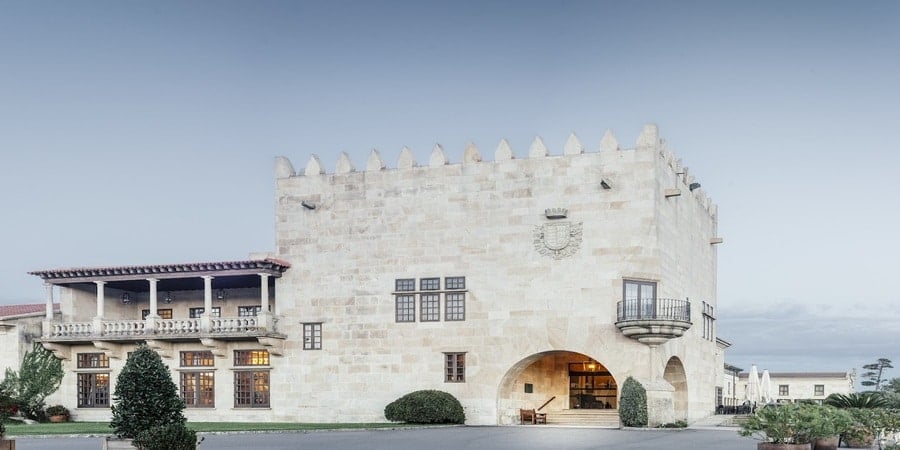
Are There Laundry Services on the Camino?
It’s important to note that not all accommodations offer a laundry service on the Camino. However, if you are staying at a hotel for 2 nights or more, they may provide laundry services upon request. You can inquire about this option when you check in at your accommodation.
For public laundry facilities, you might find some near the ‘Albergues’ (hostels) or in bigger towns along the Camino route. It’s a good idea to ask your hotel for information or directions to the nearest laundry facility if needed.
Please keep in mind that laundry services and facilities can vary from place to place, and some accommodations may charge a fee for this service. For more useful information, you can refer to our client WIKI.
Camino Routes and Walking Duration
Which Route of the Camino de Santiago Should I Choose?
Due to their popularity and facilities, the Camino Francés or Camino Portugués are highly recommended for first-time walkers. For those seeking less-travelled routes, consider the Camino Primitivo or the Camino de Invierno. See all the Camino Routes.
How Long Does It Take to Walk the Camino?
- Camino Francés: ~5 weeks from St. Jean Pied-de-Port to Santiago.
- Camino Portugués: ~4 weeks from Lisbon or 2 weeks from Porto to Santiago.
- Camino del Norte: ~5 weeks from San Sebastián to Santiago.
- Camino Inglés: ~1 week from Ferrol to Santiago.
- Camino Finiterre: ~5 nights from Santiago to Muxia.
- Via Francigena: (The Camino to Rome) ~3 weeks from Lucca to Rome.
- Le Chemin du Puy: (The French Camino) ~5 weeks from Le-Puy-en-Velay to St. Jean Pied-de-Port.
Check out our Camino planner, where you can tailor your journey to walk as much or as little as you like.
Where Is the Start of the Camino de Santiago?
Each Camino route has different starting points. Popular starting points for the Camino Francés (St. Jean Pied-de-Port and Sarria) and Porto, Lisbon or Vigo for the Camino Portugués. Choose where to start your Camino using our Camino de Santiago planner.
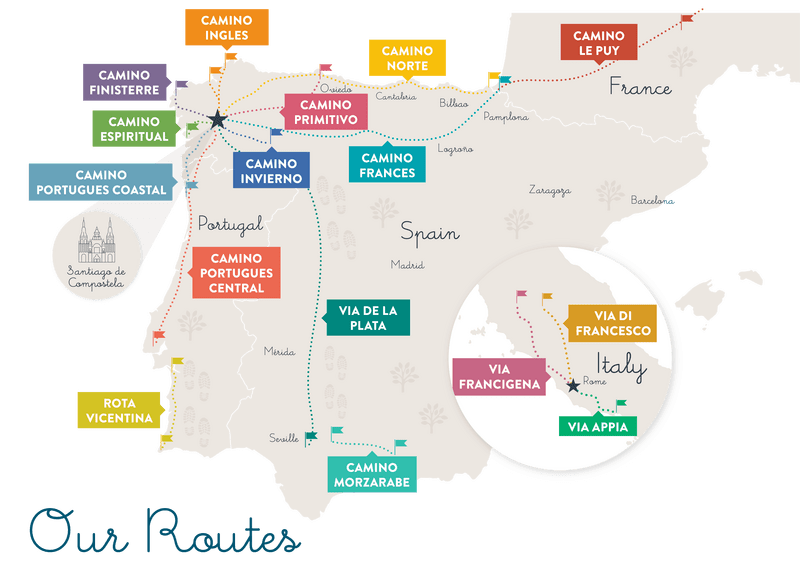
Packing and Preparation
What Should I Pack for the Camino?
Camino packing essentials include:
- Comfortable walking shoes
- Weather-appropriate clothing
- Lightweight backpack
- Water bottle
- First aid kit
- Sunscreen and hat
- Portable charger
- Guidebook or map
Check out our Camino Packing list or download our Camino Packing eBook.
How Fit Do I Need to Be for the Camino?
While some people begin the Camino without prior training, we recommend incorporating regular walking, aerobic exercises, and hill walking into your routine.
Check out our blog, “Am I Fit Enough to Walk The Camino?“, and explore our 6-Month Camino Fitness Plan for a structured approach to building endurance.
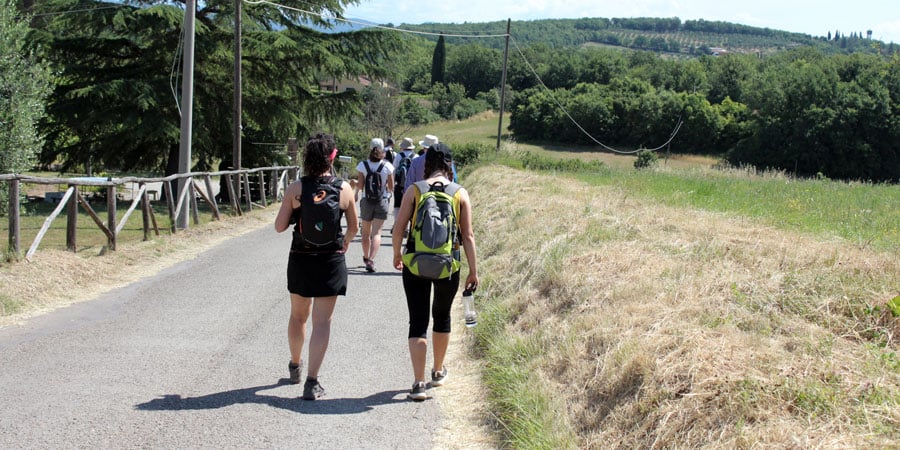
Travel Arrangements
How Do the Baggage Transfers Work?
Baggage Transfers or Luggage Transfers are available to simplify your journey. We arrange to transfer your bags from your accommodation to your next overnight stay. Leave your bags at the reception by 08:00, and they will be delivered to your next accommodation by 17:00. You carry only a daypack with essentials. The baggage transfer service is an additional extra and is optional.
Can I Change My Itinerary Once I Start Walking?
Accommodation bookings and itineraries cannot be changed once you start walking due to limited availability.
Is There a Cellular / Mobile Signal on the Camino?
Yes, most Camino routes, including the more remote areas, have good cellular coverage. The Camino Francés has excellent signal strength. However, there is an occasional loss of signal. If you are an EU resident, you can use your mobile phone without additional charges when travelling from your home country to another country within the EU.
Do eSIMs Work on the Camino de Santiago?
eSIMs are transforming how pilgrims stay connected on the Camino de Santiago by offering seamless connectivity, convenience, and cost savings. Popular eSIM providers like Holafly, Airalo, Gomo World, and US Mobile offer various data plans with prices ranging from €10 to €19 for a week, ensuring reliable internet access for navigation, communication, and sharing experiences. For more detailed information, visit eSIMs on the Camino de Santiago.
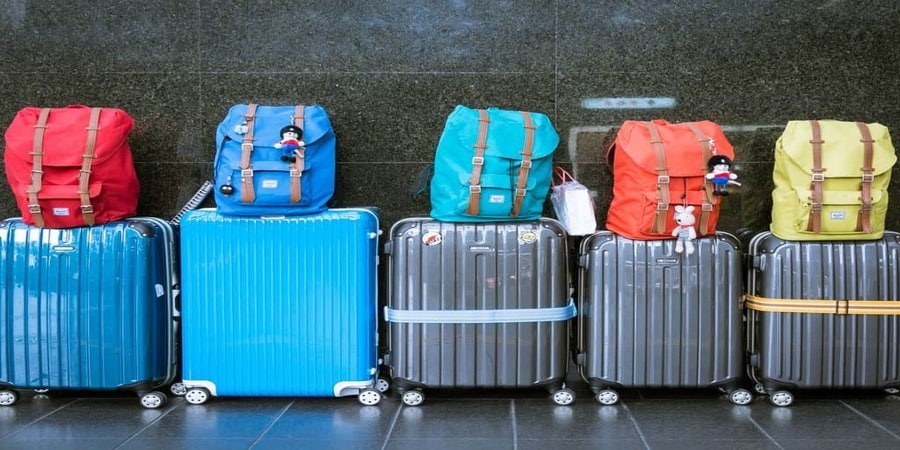
Camino Experience
Is It Safe to Walk the Camino as a Solo Female Traveller?
Personal safety is generally not a higher risk on the Camino routes. Most locals are respectful and helpful towards pilgrims. However, taking basic safety precautions, such as concealing valuables and being aware of your surroundings, is essential, especially in larger cities. The Camino Francés is particularly well-suited for solo female travellers due to its popularity and the presence of many fellow pilgrims. We offer specific women-on-the-camino guided tours. Read about our Solo Travel.
Do I Have to Speak the Local Language?
While some Spanish knowledge helps, it is not essential. Learning basic Portuguese or French for the Camino Portugués and Le Chemin du Le Puy can also be useful.
What If I Can’t Walk a Stage?
Public transport or taxis are usually available to take you to the next stop. Hotel receptionists can assist in arranging transportation.
Can I Walk on My Own?
Yes, many pilgrims walk solo. The Camino is very social, so you will likely meet fellow pilgrims along the way.
Is the Camino Way Marked?
The main Camino routes are all well-marked with yellow arrows and seashell symbols.
What Is the Hardest Section of the Camino Francés?
The Pyrenees section from St Jean Pied-de-Port is the most strenuous due to steep inclines and declines. However, it is also one of the most spectacular sections.
Do I Need to Be Religious to Walk the Camino?
No, you don’t have to be religious to walk the Camino. People from over 150 nationalities and various backgrounds walk the Camino each year. Many embark on the Camino for religious or spiritual reasons, while others seek a unique experience, personal challenge, or a break from daily life.

Cycling the Camino
How Does Cycling the Camino Work?
Cycling the Camino requires prior cycling experience due to the route’s physical demands and technical challenges. You’ll receive an Orbea Alma H20 bike, designed for the Camino’s varied terrain, which includes features like a 12-speed gearing system, disc brakes, and 29-inch wheels. Your bike will be delivered to your first hotel, and it’s important to check it for any issues before starting your journey. If necessary, repairs can be arranged, and you’ll return the bike in Santiago de Compostela. More details are available in the full guide cycling the Camino.
*You can also opt to cycle the Camino on an e-bike, for more information read our blog Cycling the Camino de Santiago on an e-bike.
What are the best routes for cycling the Camino?
Cycling the Camino de Santiago offers various routes suitable for different preferences and fitness levels. The last 200 km of the Camino Francés from Ponferrada is the most popular path, and is well-supported with services for cyclists. The Camino Portugués Coastal Route from Porto, and provides stunning coastal views, making it a favourite among those seeking scenic beauty. For a more challenging experience, the full Camino Primitivo from Oviedo offers rugged terrain and is known as the original Way, appealing to seasoned cyclists. Each route presents unique landscapes and cultural experiences, allowing cyclists to choose the path that best aligns with their interests and abilities.
How Difficult is Cycling the Camino Compared to Walking?
Cycling the Camino is strongly recommended for those with prior cycling experience, as the route can be physically demanding and technically challenging. A solid understanding of bike handling and maintenance, including changing a tube, fixing a chain, or attaching pedals, is essential. Without these skills and sufficient experience, the journey may become significantly more complex and less enjoyable.

Practical Information
How Far in Advance Do I Need to Book?
It is recommended to book as far in advance as possible, especially during Holy Year or Jubilee Year, when the Camino is particularly popular.
What Is the Pilgrim’s Passport?
The Pilgrim’s Passport (Credential) is used to collect stamps along the route and verify that you have walked the required distance to receive the Compostela certificate in Santiago de Compostela.

When Is the Best Time of Year to Walk the Camino?
- April to June: Mild temperatures, blooming landscapes.
- July to August: Warmer weather, fewer pilgrims
- September to October: Cooler temperatures, more crowded.
Our high season typically runs from late April to mid-June and from late August to mid-October. Read our blogs on the weather on the Camino de Santiago and ‘When is the Best Time to Walk the Camino?‘.
What Time Is the Mass in Santiago de Compostela?
Pilgrim’s Mass is held at the Santiago Cathedral four times daily: 7:30 am, 9:30 am, 12 noon, and 7:30 pm.
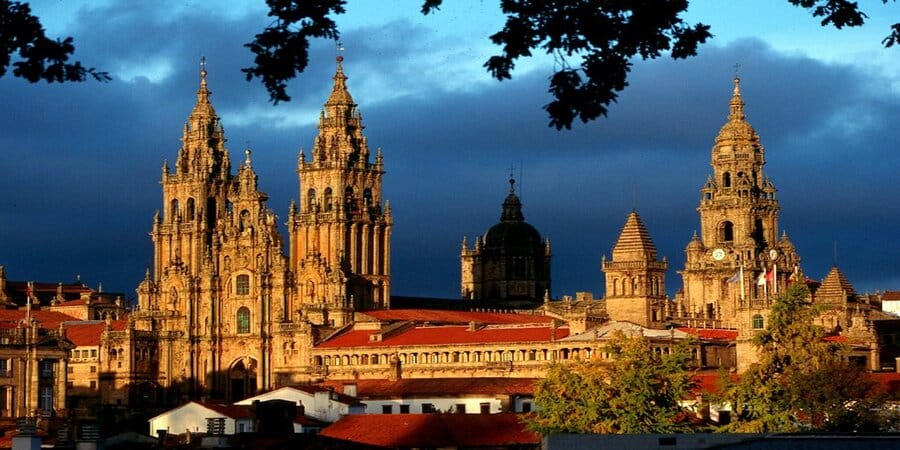
Can I Access Drinking Water on the Route?
Yes, tap water in Spain is safe to drink, and water fountains are available along the Camino routes to refill your water bottles.
Are There Bed Bugs on the Camino?
Bed bugs may be an issue in shared hostel accommodations, but hotels and guesthouses keep private rooms well-maintained.
Are There Guided Tours Available?
Yes, we offer guided tours for those who prefer to have a structured experience with the expertise of a knowledgeable guide. Our Camino guided tours provide insights into the Camino’s history, culture, and landmarks.

Contact Us – Camino Travel FAQ
If you have any other questions about your booking or would like to talk to our sales team about booking with us, please contact us or plan a trip using our Camino Planner.
Additional Information – Camino Travel FAQ
For more detailed guides and insights, visit:
